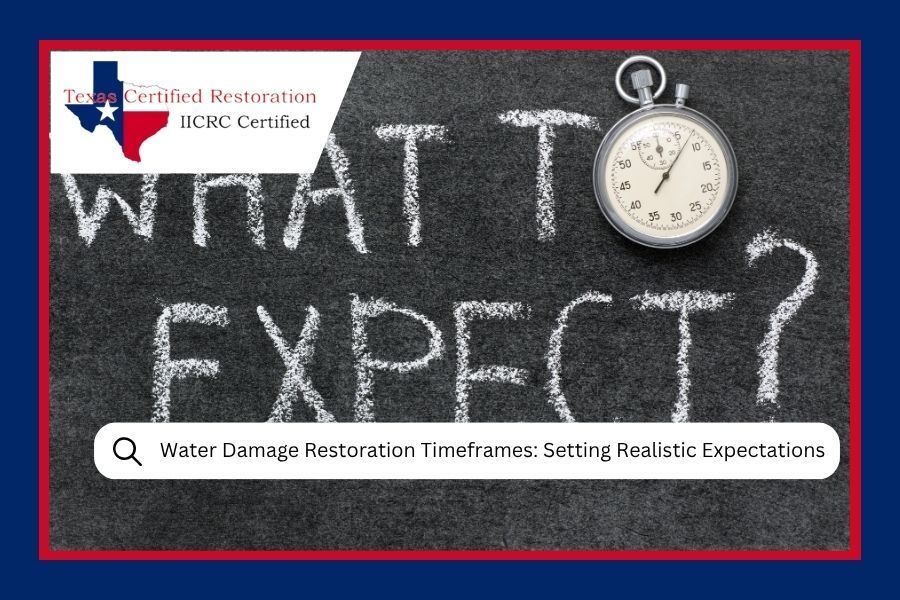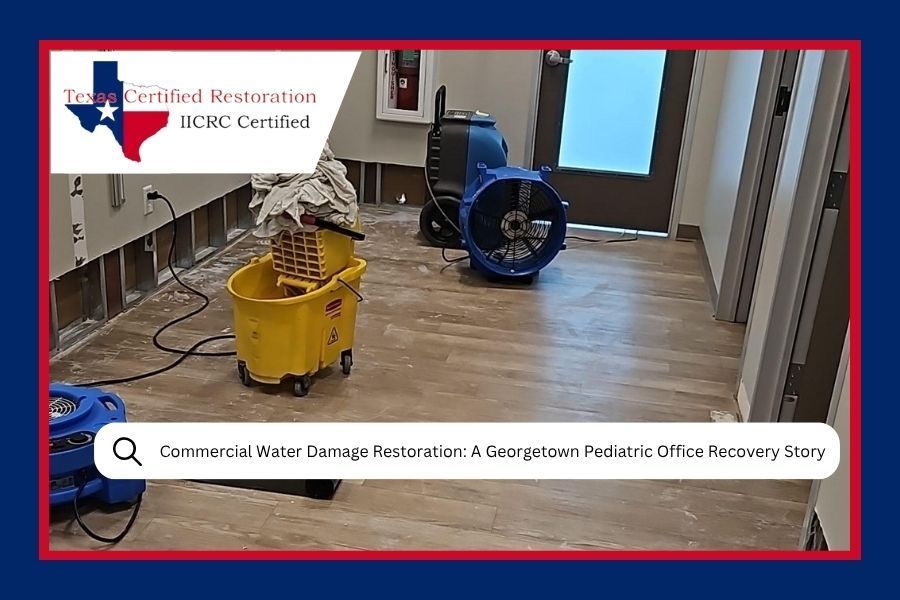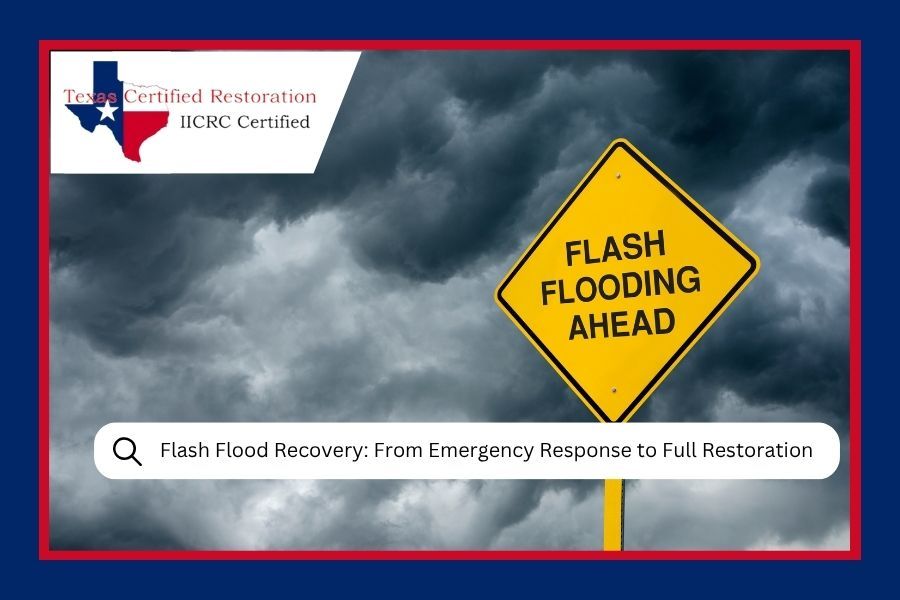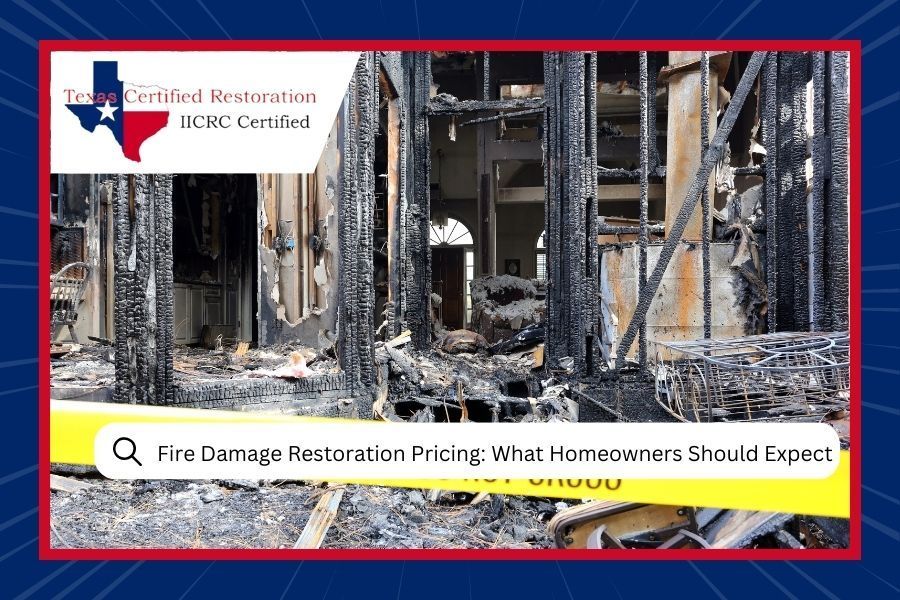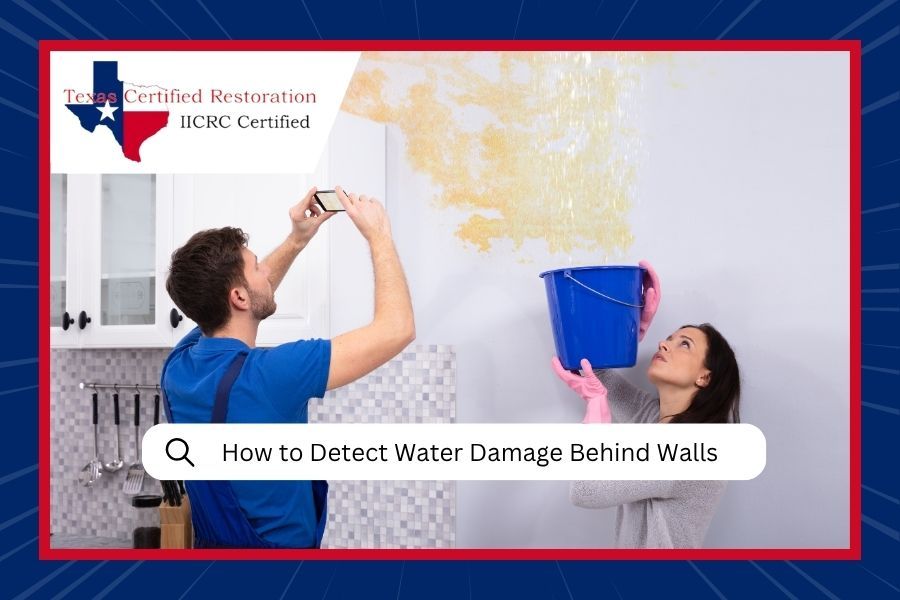
Detecting Water Damage Behind Walls: A Complete Homeowner's Guide
Water damage has a sneaky way of playing hide and seek in your home, especially here in Round Rock where those sudden Texas storms can dump inches of rain in what feels like minutes. While some water damage announces itself loudly (hello, soggy carpet), the really troublesome stuff often lurks behind your walls, quietly causing problems you won't see until it's too late. That's when you need professional water damage restoration to get things back on track.
We've seen it countless times in our years serving the North Austin suburbs: homeowners who thought they dodged a bullet after a storm, only to discover weeks later that water had been having a party behind their drywall.
Why Water Damage Loves to Hide Behind Walls
Think of your walls like a perfect hiding spot for water damage. Once moisture gets behind that drywall, whether from a roof leak, burst pipe, or storm damage, it creates a dark, enclosed space where problems can fester. Here in Central Texas, we deal with some intense weather patterns that create conditions where water finds its way into the smallest cracks and crevices.
Early Warning Signs of Hidden Water Damage
Your home has ways of telling you something's wrong, even when the damage is playing hide and seek. Here are the key red flags to watch for:
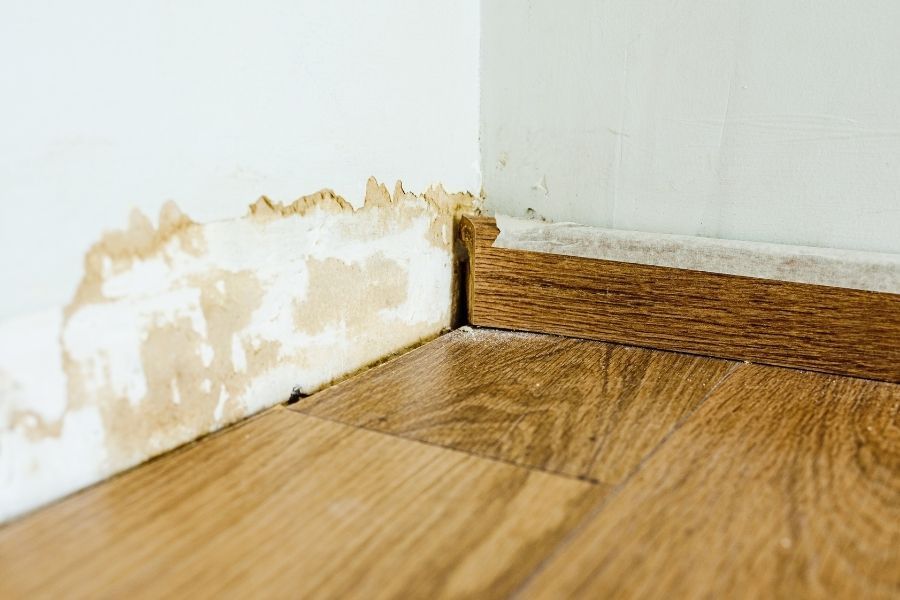
Visual and Sensory Clues:
- Discolored patches on walls or ceilings (yellow, brown, or copper stains)
- Paint that's bubbling, cracking, or peeling for no apparent reason
- Wallpaper lifting or curling at the edges
- Warped or sagging drywall
- White, chalky residue on walls (mineral deposits from dried water)
- Musty or earthy odors that won't go away
- Rooms that feel more humid than others
- Cold or damp spots on walls
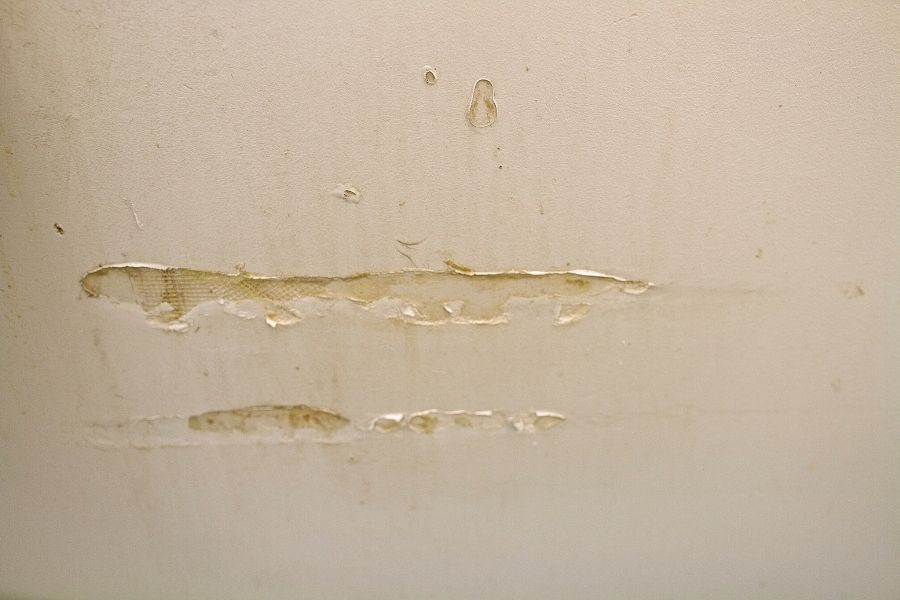
Structural Changes:
- Floors that feel soft or spongy
- Doors and windows that suddenly stick
- Baseboards pulling away from walls
- Unexplained increases in your water bill
How to Detect Water Damage Behind Walls
Ready to put on your detective hat? Here's our step-by-step approach:
Step 1: The Touch Test
Run your hands along walls, especially near windows, doors, and anywhere plumbing runs through. Feel for temperature differences, dampness, or areas that seem softer than they should be.
Step 2: Visual Inspection
Look closely at paint and wallpaper. Water damage often shows up as subtle discoloration before it becomes obvious. Pay special attention to corners, baseboards, and areas around fixtures.
Step 3: The Nose Knows
That musty smell isn't just "old house character." Walk through each room and take note of any odors that seem off. Hidden water damage often announces itself through smell before you can see it.
Step 4: Check the Obvious Suspects
Inspect areas where water problems commonly start: around toilets, under sinks, near water heaters, around windows and doors, and anywhere you know there's plumbing.
Ready for Professional Help?
If you're discovering signs of hidden water damage in your Round Rock home, don't wait for the problem to get worse. Our team at Texas Certified Restoration is available 24/7 to assess the situation and get your home back to normal. We've been helping North Austin area families deal with water damage for over 10 years.
Call us at (512) 883-6760 for immediate assistance.
Get Professional Water Damage HelpWhat to Do When You Find Hidden Water Damage
Found something suspicious? Here's your game plan:
First, don't panic. Document everything with photos, both close-ups and wider shots that show the location. This helps with insurance claims and gives professionals a clear picture of what's happening.
Turn off electricity to affected areas if there's any chance water and electrical systems might mix. Safety first, always. If you can identify the water source, shut it off if possible.
Contact your insurance company to report the damage and ask about coverage. According to the EPA's guidelines on water damage cleanup , many water damage situations require professional assessment, especially if contaminated water is involved.
When to Call the Professionals
Here's the thing about water damage: what you can see is often just the tip of the iceberg. Professional restoration specialists have tools like moisture meters and thermal imaging cameras that can detect problems your eyes and hands might miss.
You should call professionals immediately if you find extensive damage, if water has been present for more than 24-48 hours, or if you're dealing with storm damage restoration after severe weather.
At Texas Certified Restoration, we're not just about fixing the damage you can see. Our certified team uses professional-grade equipment to find all the moisture, even the stuff that's playing hide and seek. We handle everything from residential to commercial restoration projects.
If you want to learn more about recognizing water damage early, check out our detailed guide on warning signs of water damage that covers additional symptoms homeowners often miss.
Preventing Future Hidden Water Damage
An ounce of prevention really is worth a pound of cure. Here are some simple steps that can save you major headaches:
Keep gutters and downspouts clear and directing water away from your foundation. Those Texas storms dump a lot of water fast, and clogged gutters can send it right where you don't want it.
Check and maintain caulking around windows, doors, and fixtures. A little maintenance goes a long way in keeping water where it belongs. Know where your main water shut-off valve is located and make sure everyone in your family knows how to use it.
For comprehensive prevention strategies, the Insurance Information Institute offers excellent resources on protecting your home from water damage.
Frequently Asked Questions
How quickly does water damage spread behind walls?
Water damage can spread surprisingly fast behind walls, sometimes within 24-48 hours. The porous materials in your walls (like drywall and insulation) act like sponges, allowing moisture to travel and potentially affect large areas even from a small leak.
Can I remove drywall myself if I find water damage?
While you might be tempted to DIY, we recommend having professionals assess the damage first. Hidden water damage often extends further than it appears, and improper removal can actually spread contamination or cause additional structural issues.
How much does it cost to fix hidden water damage?
Costs vary significantly depending on the extent of damage, location, and materials affected. Catching problems early almost always costs less than waiting, which is why we encourage homeowners to call for professional assessment as soon as they suspect issues.
Will my insurance cover hidden water damage?
Coverage depends on your specific policy and the cause of the damage. Sudden water damage (like burst pipes) is typically covered, while gradual damage from long-term leaks often isn't. Contact your insurance company as soon as you discover any water damage to understand your coverage.
Need help with water damage in your Round Rock home? Contact Texas Certified Restoration today. We're here 24/7 to help you get back to normal, fast.

